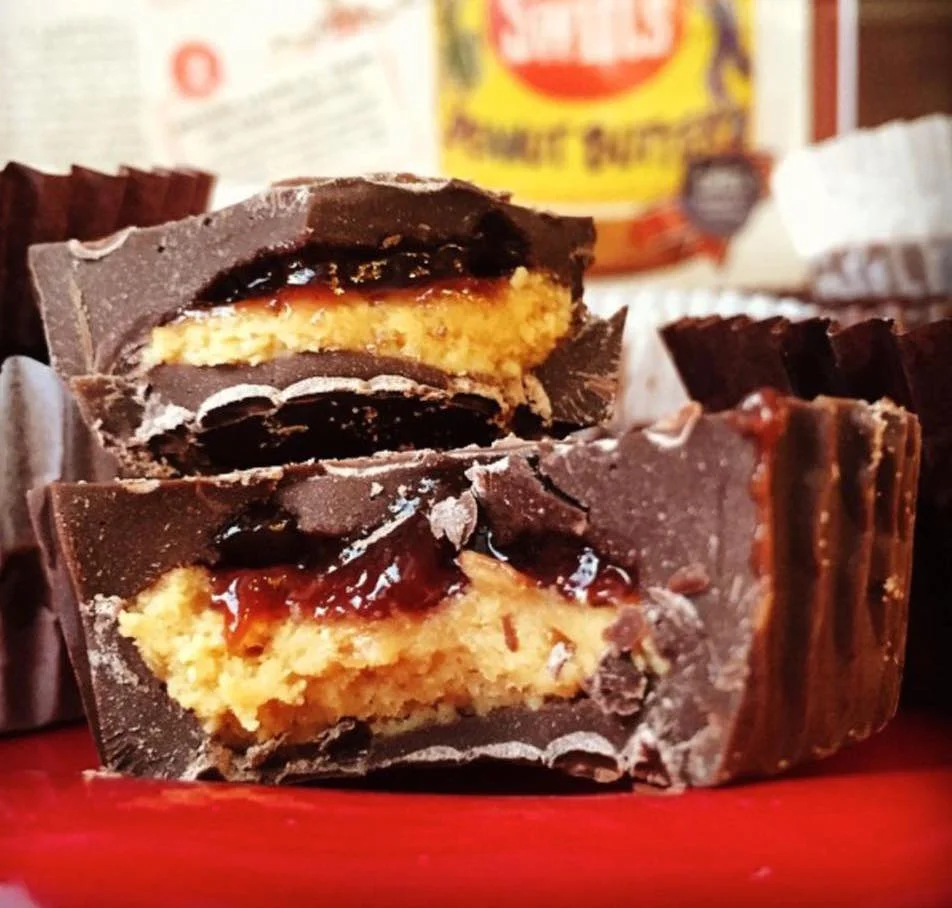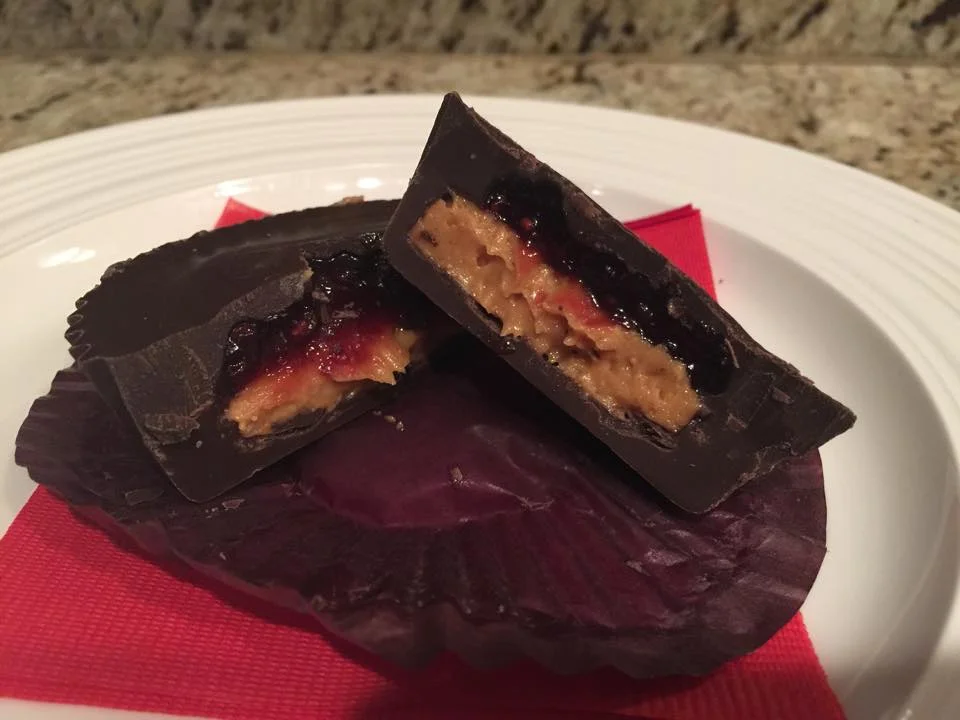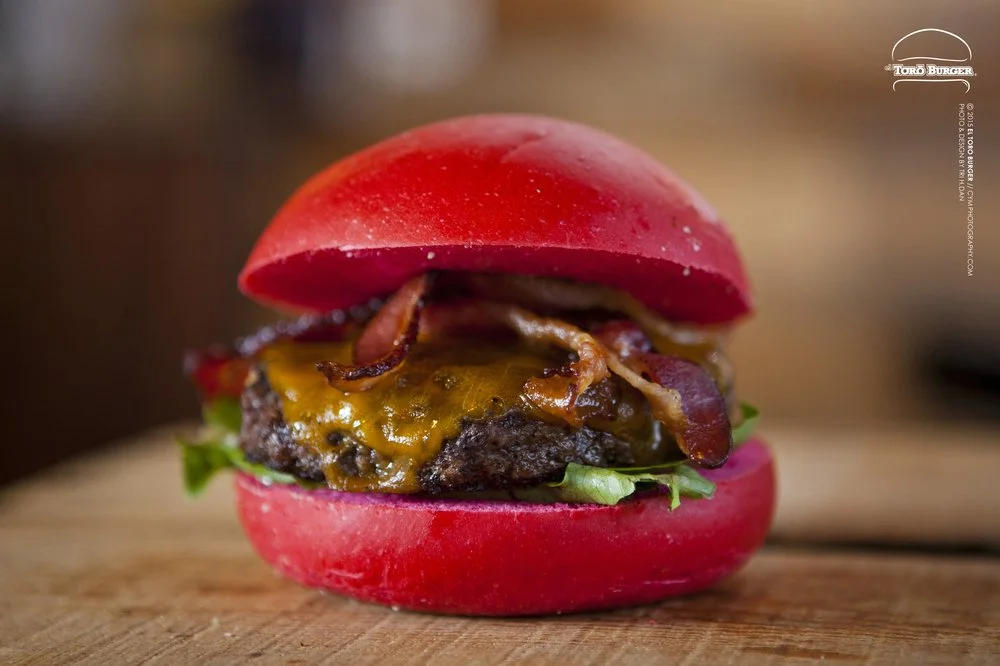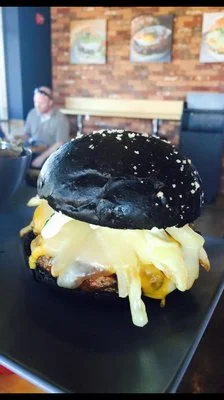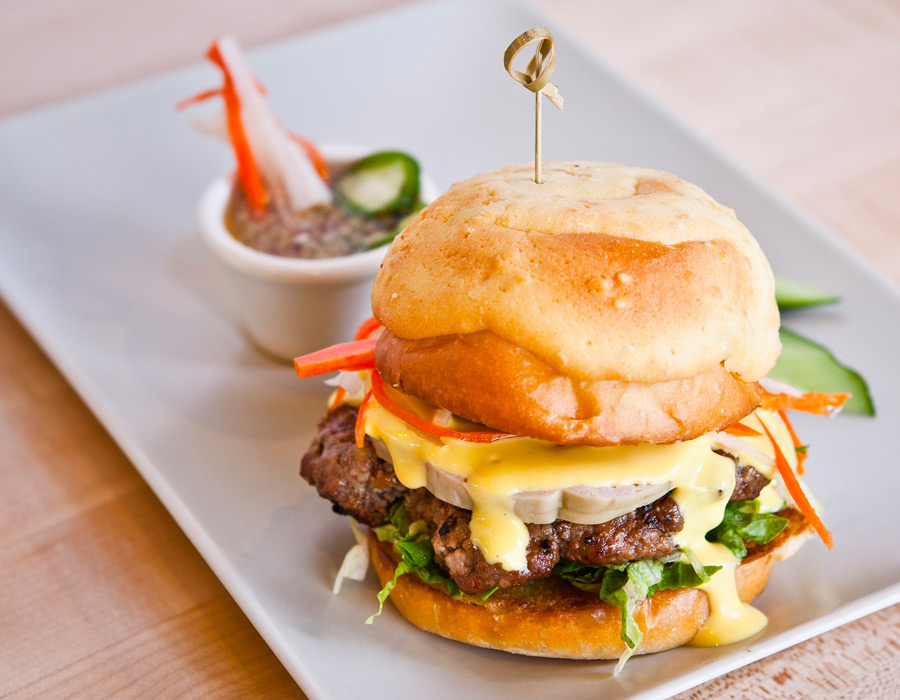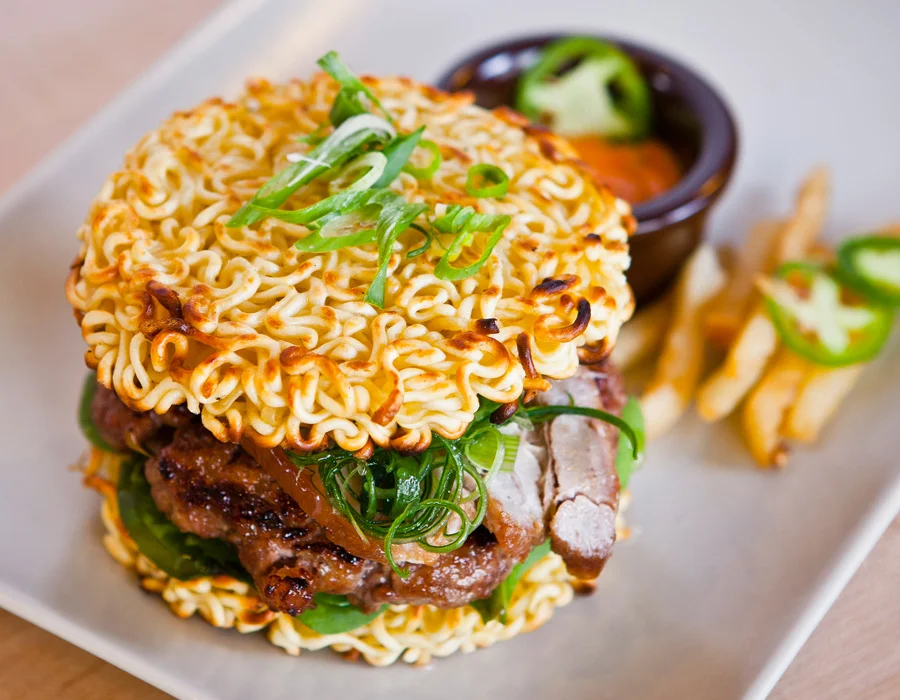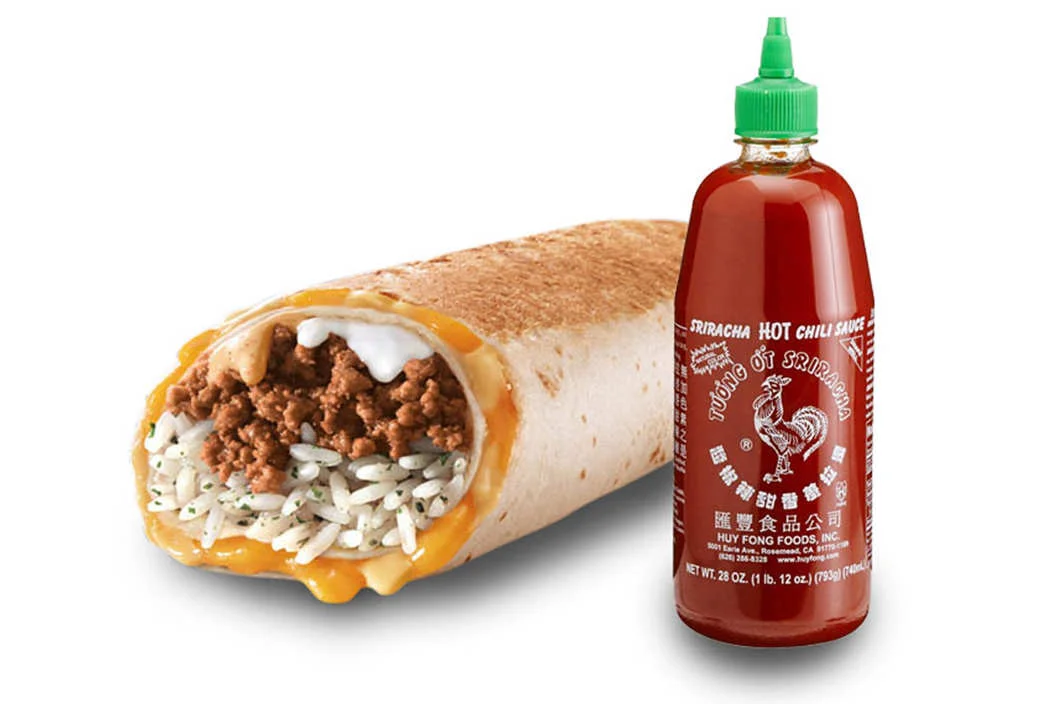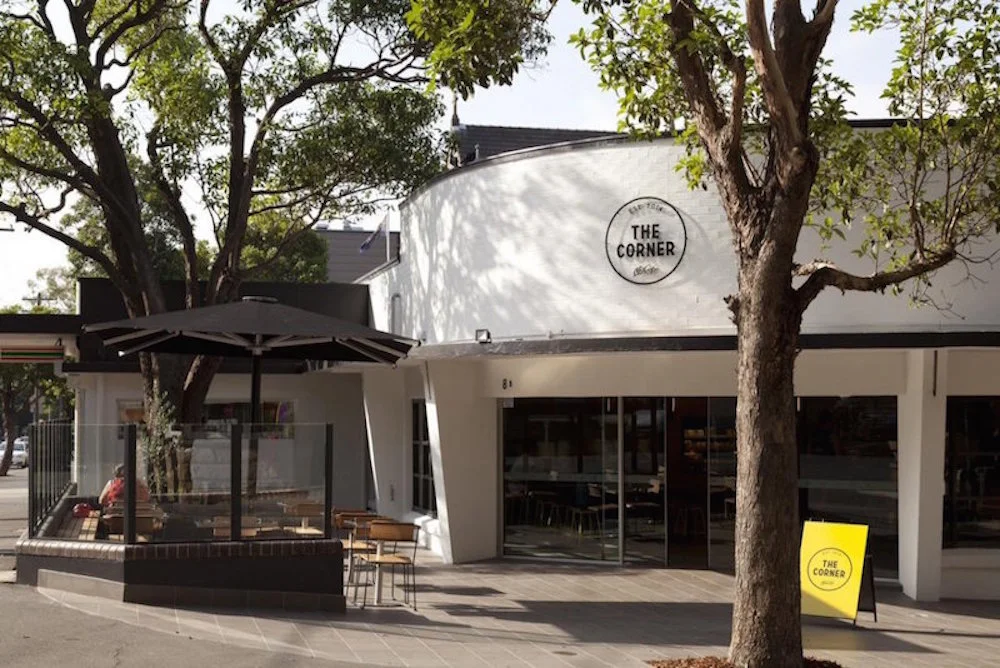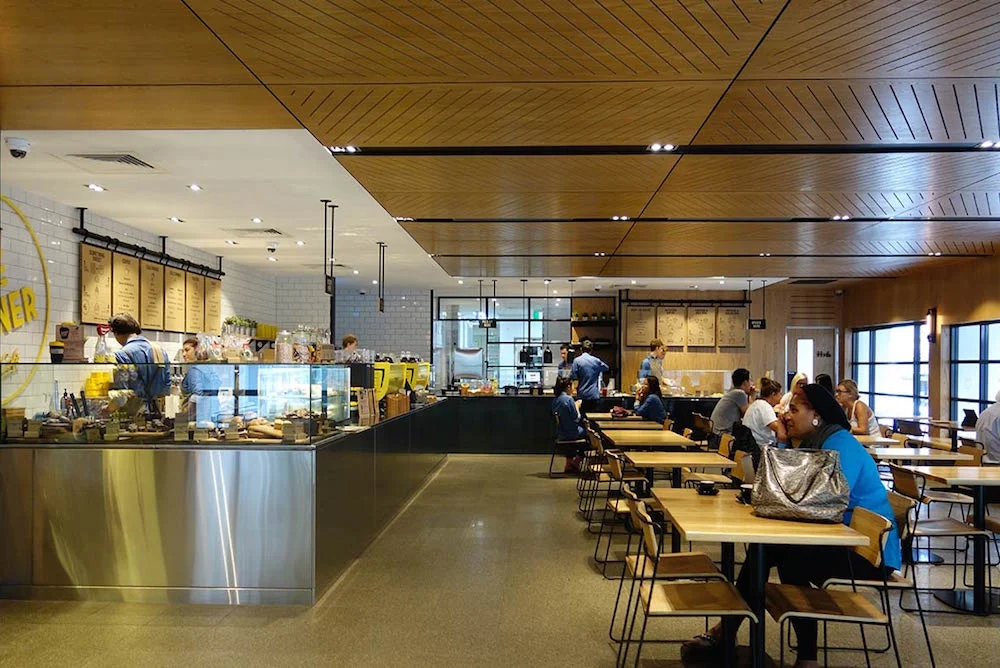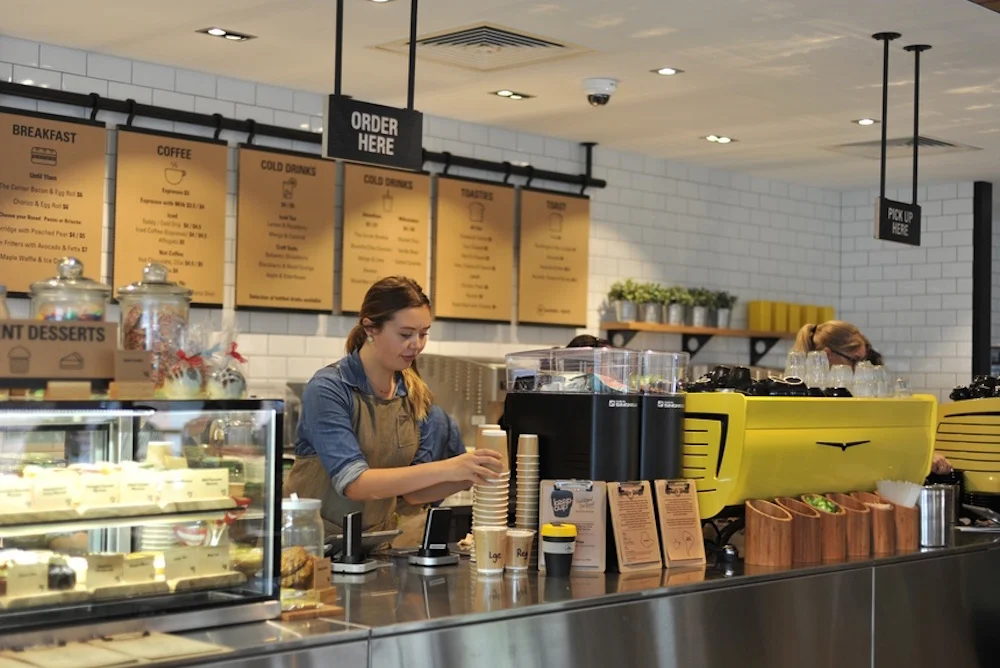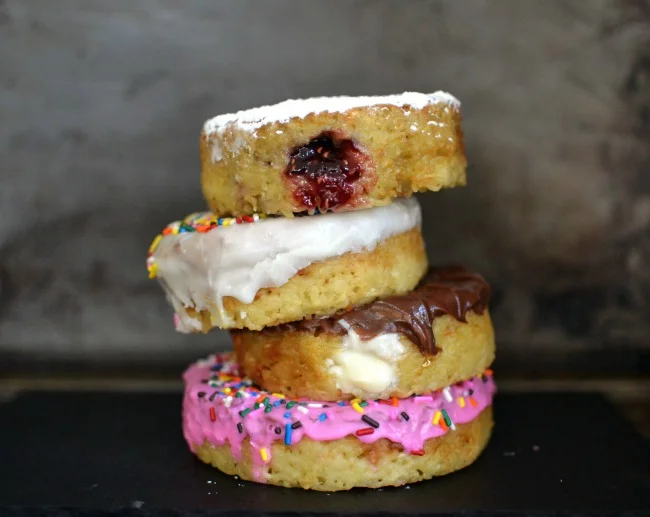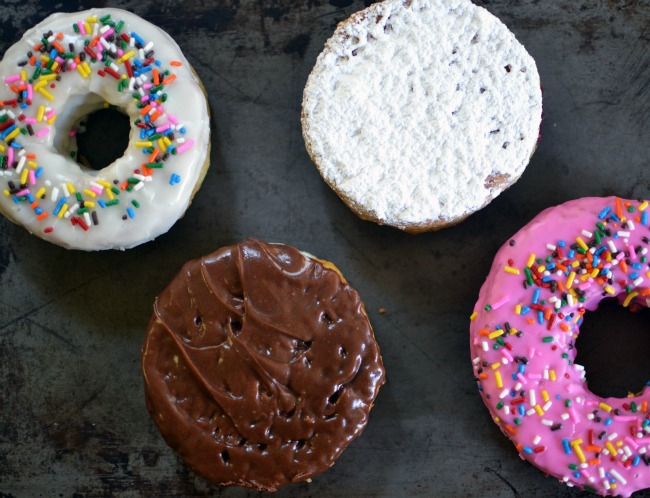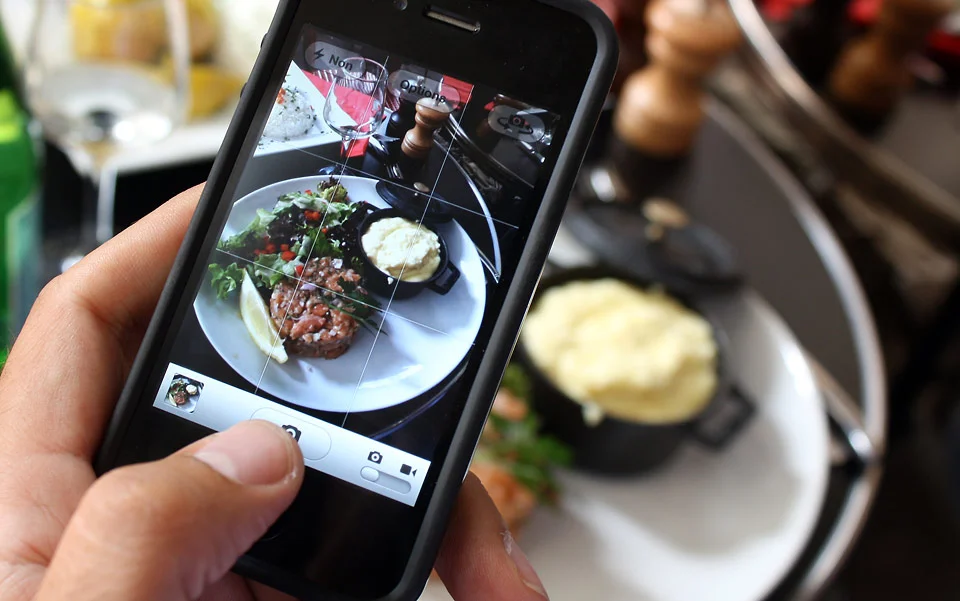When I was just a little chunk, going to McDonald's was like going to Disneyland. The playground, toys, fries, and cute little burgers were just about as good as anything in life. But at some point, things began to change. Looking at the golden arches now gives me an uneasy feeling- a greasy, fatty, even dirty sensation. I don't think I'm alone in this either- and I can see that I share this attitude with the rest of my Chipotle loving friends and classmates.
Just this past month, McDonald's has seen their largest % drop in sales in the last 10 years. As the nation is choosing to grub at fast-casual and healthier restaurants over the once dominant fast-food joints, and critical media coverage continues to rattle the fast food giant, the McDonald's brand is suffering significant financial and social consequences.
Re-modeling its stores and upgrading its menu has done some damage control, but the McDonald's name still carries a stigma that is crippling its reputation across the globe. McCafe's have become popular abroad, especially in Europe where the stores are the equivalent of our highest end Starbucks' locations- equipped with multiple stories, wi-fi, and luxury seating. But entering a new business segment has not improved the food or the perceptions that people still have of the burgers and chicken nuggets.
But McDonald's has taken its largest leap of faith yet, debuting an entirely new brand of "hipster" food and unordinary bites. The re-branded experiment, The Corner, is based in an Australian suburb and shows off a menu of quinoa salad, brioche breakfast sandwiches, and 3rd wave coffee. While it's technically still a McDonald's... it's not. Kyle Jarvis, manager of The Corner told the Daily Telegraph Newspaper:
“The only association we have is that we are a McCafe, but what we are offering is totally different to what we offer in McCafe. If they’re looking for a Quarter Pounder, they’ll probably be sorely disappointed.”
